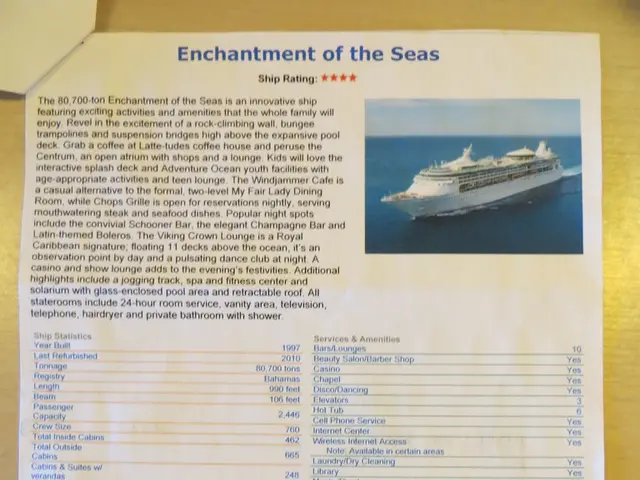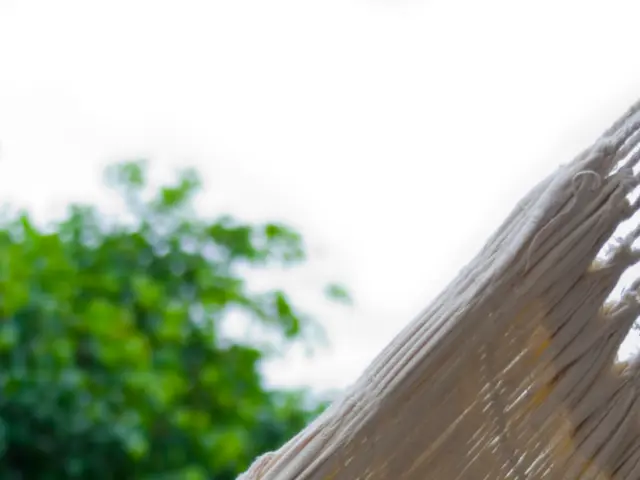Rocky Mountain begins enforcing meadow closures as of September 1st.
Rocky Mountain National Park has announced the implementation of annual meadow closures, effective from Monday, to safeguard elk during their fall mating season. The closures will occur daily from 5-10 p.m. through October 31st.
These meadow closures are aimed at minimising disturbance and harassment to the elk population, a popular attraction for visitors during fall. The affected areas include Horseshoe Park, Upper Beaver Meadows, Moraine Park, Harbison Meadow, and Holzwarth Meadow.
Fishing locations along Fall River, Big Thompson River, and Colorado River will also be closed from 5 p.m. to 7 a.m. daily until October 31st. This is due to the access these fishing spots have through the closed meadow areas.
Visitors are advised to maintain a distance of at least 75 feet (the length of two school buses) from elk. Additionally, elk calling and the use of spotlights or vehicle headlights for locating or viewing wildlife within the national park are prohibited. These measures are in place to ensure the safety of park visitors as well as the elk population.
Wildlife viewing is a popular activity in Rocky Mountain National Park during fall, and the park authorities encourage visitors to plan their trips accordingly to avoid the closure times. During the closure periods, no one will be allowed to walk or ride horses off established roads and trails in the mentioned areas.
The annual meadow closures in Rocky Mountain National Park to protect elk during their mating season are enacted by the park's managing authority, typically the National Park Service. These closures are an essential part of the park's conservation efforts, ensuring the well-being of its wildlife and the enjoyment of its visitors.
Read also:
- Peptide YY (PYY): Exploring its Role in Appetite Suppression, Intestinal Health, and Cognitive Links
- Toddler Health: Rotavirus Signs, Origins, and Potential Complications
- Digestive issues and heart discomfort: Root causes and associated health conditions
- House Infernos: Deadly Hazards Surpassing the Flames







